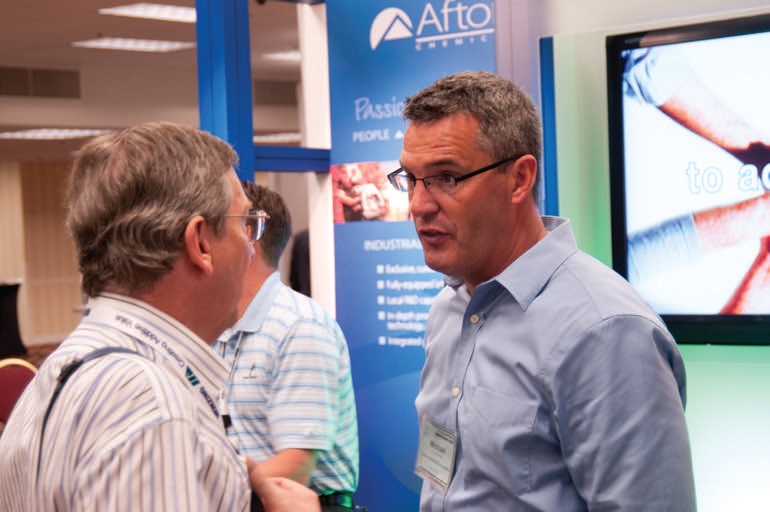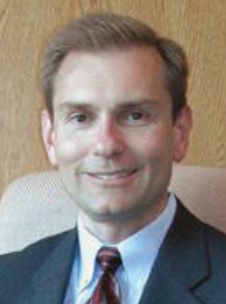The guild culture
Edward P. Salek, CAE, Executive Director | TLT Headquarters Report September 2011
Treating engineering more like a profession and less like a job is the key to success in the next 20 years.

STLE helps members develop professional networks that stretch across different fields, organizations and national boundaries.
While doing research for an STLE presentation to the Sixth China International Symposium on Tribology (CIST), I discovered a 2008 ASME International study that explores future trends in engineering, science and technology jobs over the next 20 years. The report proved most useful in preparing for CIST (more on that in a future column), but it also got me thinking about how STLE has shaped its membership services around the trends described in this forecasting study.
One of the study’s many notable contributors, former University of Michigan president James J. Duderstadt, argued that the key to increasing the esteem of engineering, and producing world-class engineers, is broadening engineering education so that it is comparable to other established professions like architecture and law. Moving forward, there is a need to build a “guild culture” of professionals who identify more with the profession itself than with their individual employers, according to Duderstadt’s remarks.
Although Duderstadt was focusing primarily on the engineering profession, it occurs to me that his two key points concerning expertise and identification with a profession are equally relevant to STLE. In fact, that may be a fairly safe assumption, since Duderstadt is a noted practitioner and educator in science and technology, in addition to engineering.
So let’s take a look at those two points one at a time. The need for broad and continuing education, some call it lifelong learning, is a reality in a global business environment characterized by a rapid pace of change. While the fundamental principles of science are a constant, how they are applied to modern challenges like energy conservation or nanotechnology demands a reliable source of continuing professional education.
STLE’s leadership recognized this challenge at about the same time the ASME study was compiled in 2008. Since that time, our organization has expanded both its content and delivery mechanism to serve the 13,000 lubricant professionals that comprise the worldwide STLE community.
The best place to get a comprehensive look at these offerings is online through the STLE University, a centralized location for continuing professional education. STLE U offers many different educational programs, including both online and in-person education. Online tutorials show you how to attend an online certificate course or a Webinar. There are also descriptions of course formats and contents.
As STLE University expands its content and prominence, our expectation is that it will enhance the society’s reputation as a recognized source for learning on key topics and trends in tribology and lubrication engineering.
The second point in Duberstadt’s commentary concerning the creation of a guild culture of professionals is really just another way of stating the importance of having a professional network reaching beyond the scope of your current customers and colleagues. This is important in terms of having a broad perspective on the field and in order to be ready to make a job or career move if circumstances require.
Once again, STLE scores very high with members when it comes to providing a professional network that stretches across different fields, organizations and national boundaries. For many people, this is the No. 1 value of STLE membership.
The ASME 2028 report concludes with a bold statement about these two trends: “As mechanical engineering looks to 2028, leaders will value people with diverse expertise and experience. They will bring this global profession together to keep the promise of technology serving people. They will inspire men and women everywhere to believe that grand challenges are a rally cry for a profession that is ready for the adventure of making the difficult doable.”
Clearly, people with diverse expertise and experience will be tomorrow’s science and technology leaders in a global profession. STLE can help you find both the expertise and the experience to meet that potential.
 You can reach Certified Association Executive Ed Salek at esalek@stle.org
You can reach Certified Association Executive Ed Salek at esalek@stle.org.